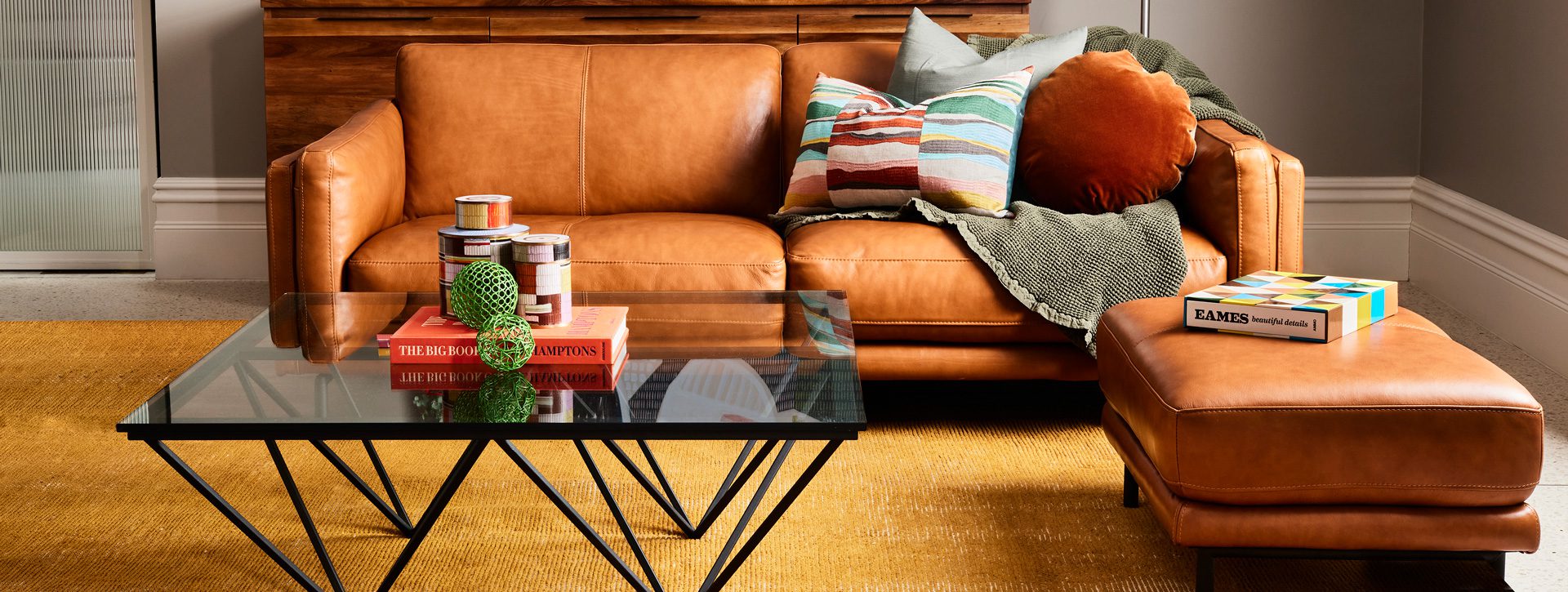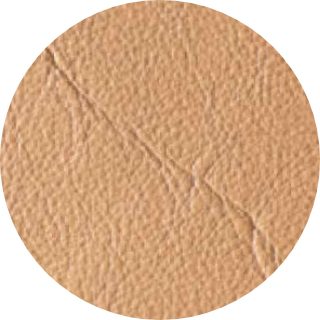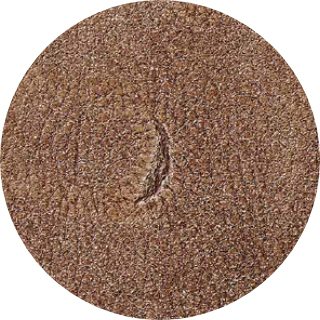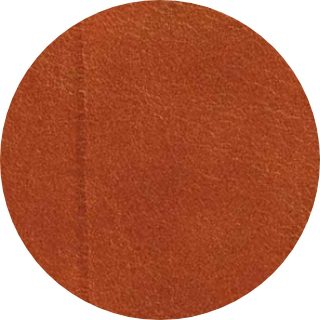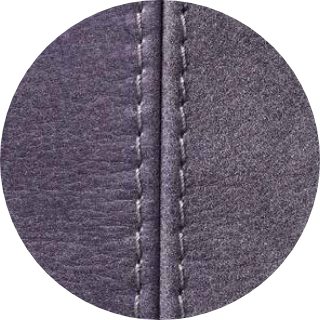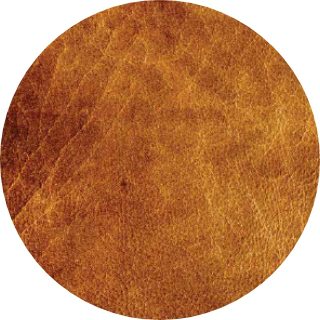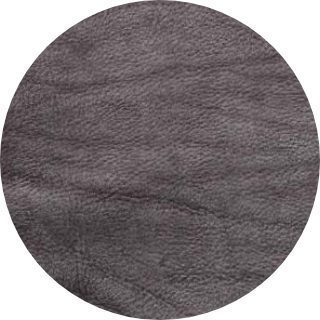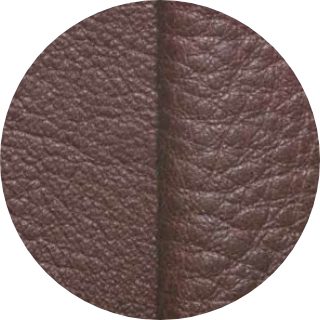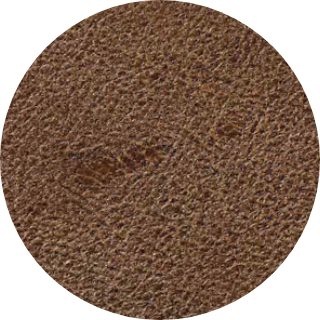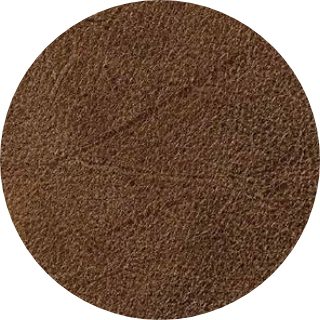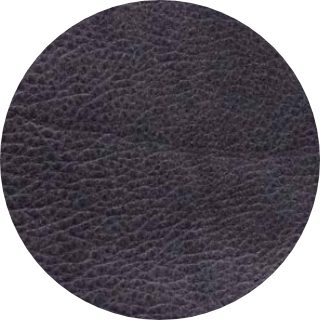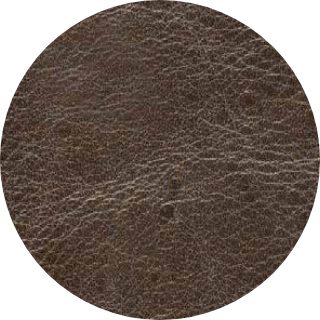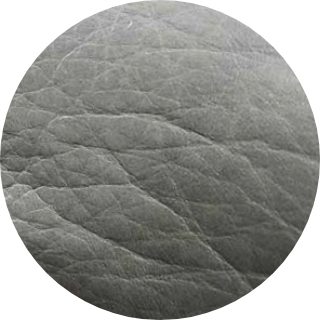For over 4 decades Adriatic Furniture have been providing quality sofas with an assurance of unparalleled comfort and support. An Adriatic sofa is an investment and a lifestyle expression. To ensure maximum life and enjoyment from your leather furniture, it is vitally important to maintain it correctly. All leather products require regular maintenance, cleaning and nourishing. All Adriatic sofas purchased and delivered come with an Information and Care Advice guide and we highly recommend you take the time to read and learn about the types of leather, as well as important information about the regular upkeep required of your leather sofa.
Our leather is sourced by top cattle breeders around the globe and undergoes an extensive tanning process to bring you a genuine and luxurious leather product. Remember leather is natural, it will be soft and supple, there will always be variation and each hide will always exhibit unique characteristics as no two animals are ever identical. Given this, and as your sofa is crafted from many hides, leather will always show variations in terms of colour and surface grain – this is characterised by natural features such as areas of tight, smooth grain and areas of looser, more pebbly grain. Each hide will have distinctive markings referred to as natures signature and are characterised by natural markings such as creases, open or closed scarring, wrinkles, stretch marks, pin holes, and healed scars. These markings add beauty to the leather and serve as its proof of authenticity.
All Adriatic sofas are designed and made to wear in and it is normal for there to be variations in looks and feel to the display model you saw on the day of purchase. On accepting your new sofa, the seats may feel firmer, the leather may look tighter in certain areas or there may be some variations or wrinkles, rest assured it is completely normal as your leather sofa is brand new. Remember, sofas and most furniture are one of the last products made by hand so don’t be alarmed if there are some variations.
In the first few weeks and months, as you begin to use your sofa the foam will soften and loose resiliency, the leather will stretch in the high usage areas and your new sofa will begin to wear in. Foam is specifically designed to soften and like a new pair of jeans with regular use your new sofa will begin to tailor to you. This first few months of use is known as the initial use period where your sofas begin to tailor to your lifestyle and household environment. These occurrences and changes are all normal natural characteristics of a sofa and genuine leather upholstery.
As your lounge/chairs have spent nearly 4 weeks in a container you may notice some slight compression of the foam and padding of the lounge/chairs, this will come out with use however it is advised to immediately and regularly thereafter model your lounge/chairs to ensure that initial appearance is maintained. Upon receiving your new sofa, you may notice a strong odour. This is also normal as your sofa is new and has spent up to 4 weeks in a container. In most cases the odour will disappear and depends on how well ventilated your space is. Some odours may take a little longer than others and you may need to allow up to 4 weeks for the odour to disappear.
As all recliners are moving parts, it is normal for there to be some noises when operating. At the same time, there may be some variations between moving parts adjoining seats and arms so don’t be alarmed. It is important to correctly use and maintain your recliner mechanisms and as a priority children must be kept away and instructed not to use a recliner to avoid injuries. If you have an electric recliner/s you must never move or drag the sofa unless the recliner footrest is closed and unplugged from the wall. You should always close the footrest prior to, and you should never pull or push the mechanism by hand. The footrest is designed to put your feet up, so please never sit on the footrest as this may cause the recliner to tip or damage the mechanism. For all electric recliners, a transformer/s are supplied with electric power motion furniture, so ensure that power to these is fitted correctly and power cords are safely positioned.
Pets & Leather – While we know pets love our leather and fabric sofas, they can cause common problems with leather breakdown. If a pet is allowed to sleep or rest on your leather furniture there is a high risk of body oil and perspiration transfer into the surface of leather. Most pets are fed highly processed foods and this causes the natural oils within the animals skin to react with the top surface coat of the leather. Over time, the leather will begin to break down causing a discolouration or cracking. It must be said the we DO NOT recommend pets sitting or sleeping on any vintage leather as vintage leather has a different protective seal structure. In most vintage leathers, the top coat is light and minimal which gives vintage leather is natural appearance as well as all the natural hallmarks of leather.
Direct Skin Contact – Generally speaking, the average PH of the human body is acidic (6 to 7.5). Therefore, prolonged direct contact with leather will accelerate the breakdown of the surface that acts as a protective barrier. Additionally, human sweat is very acidic and will even further accelerate this process. That’s why we highly recommend cleaning the high usage areas of your sofa every 3 months. A basic clean and maintenance regime will remove the excess build up of body oils and grim which will prolong the life of your leather sofa. Normally, leather may discolour in areas that have been in direct contact with human skin, so a good maintenance regime will ensure lasting protection.
Saltwater or Chlorinated water from swimming pools will cause discolouration and is very harmful to your leather. We do not recommend directly sitting on your leather sofas from a swimming pool. It must be avoided as this will cause discolouration very quickly.
Medication can cause the ph of the human skin to alter and become more acidic. With prolonged use and direct contact in the high usage areas, over time it can cause the leather in the high usage areas to breakdown. The most common high usage areas are the headrest where the back of the neck makes direct contact with the headrest area. If taking medication, it is important that you clean your sofa every 2 weeks or even place a protective measure on the headrest area of your sofa.
Whether direct or indirect, sunlight or natural light will cause leather to change and fade over time. The brighter the room, the quicker it will take for the leather colour to change. Light is intensified when it passes through glass so avoid having direct or indirect sunlight on your leather sofa/s, particularly if the sunlight is passing through a window. This will cause possible discolouration very quickly. Even with 60 minutes a day of direct or indirect sunlight, it may cause your leather to fade or change in colour and tone. Taking simple protective measures such as blinds or sun sheers, can minimise the this occurrence.
Sharp objects such as jewellery, belt buckles, shoes, watches can all cause harm to your leather. Care must be taken when using leather furniture to ensure nothing sharp will catch or penetrate the surface which may cause damage. A maintenance regime with regular cleaning at 4-6 times a year, with an Adriatic approved leather cleaner and conditioner/protector is advised particularly if the furniture is in regular use. Apply a small amount of the leather cleaner to an area which is not seen. (eg: the base of the inside arm below the cushion line). This will serve as a pre testing area. It is important to clean a whole panel rather than just one spot for a more consistent finish. Circular movements is preferable to back and forth strokes or ‘rubbing’. Clean the excess cleaner with a damp cotton cloth and leave to dry for about 30 minutes. Always follow recommended cleaning advice on the Adriatic approved leather maintenance product.
HALLMARKS OF LEATHER
Natural markings such as variation in grains, wrinkles, skin folds, scars or patterns of original hair follicles are inherent in leather and not quality defects.




